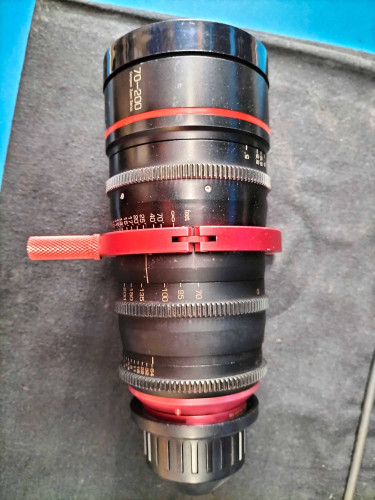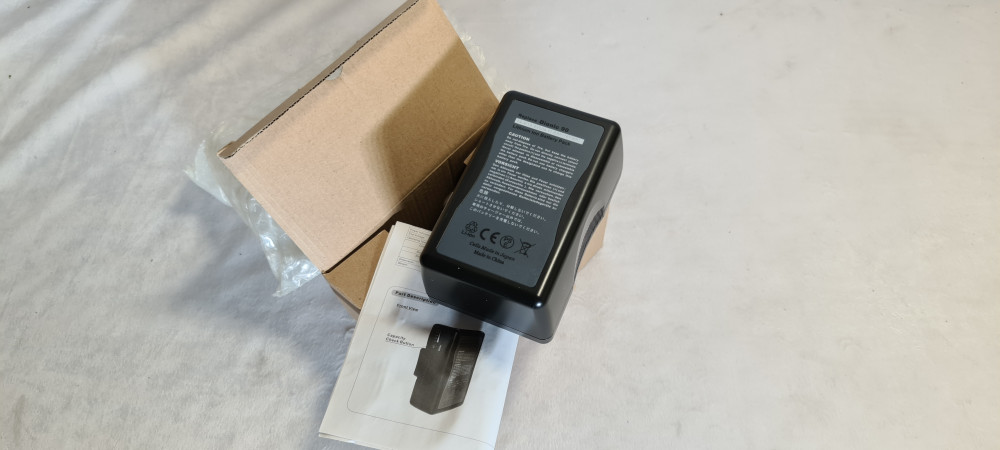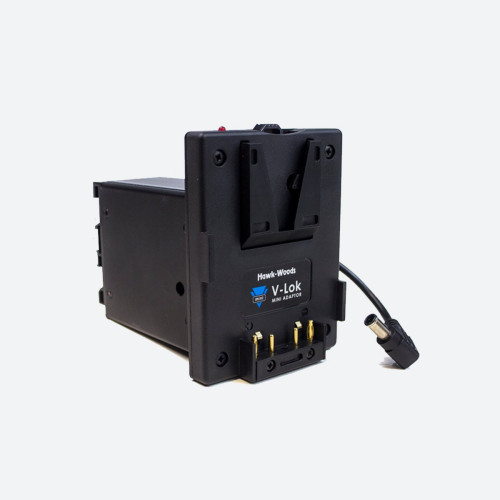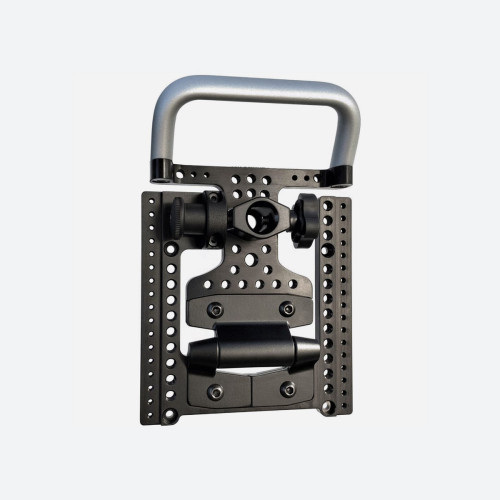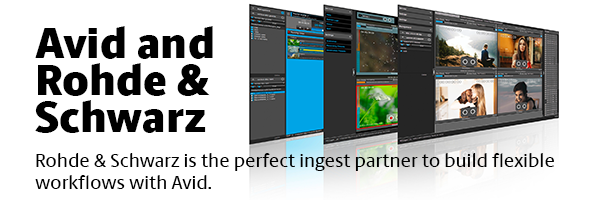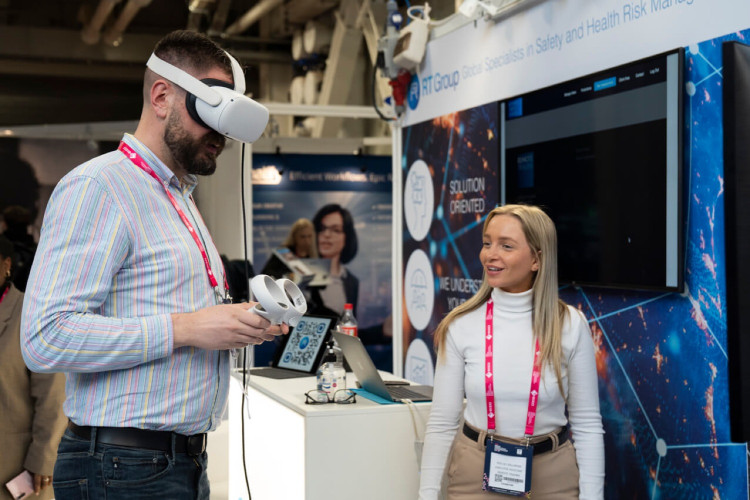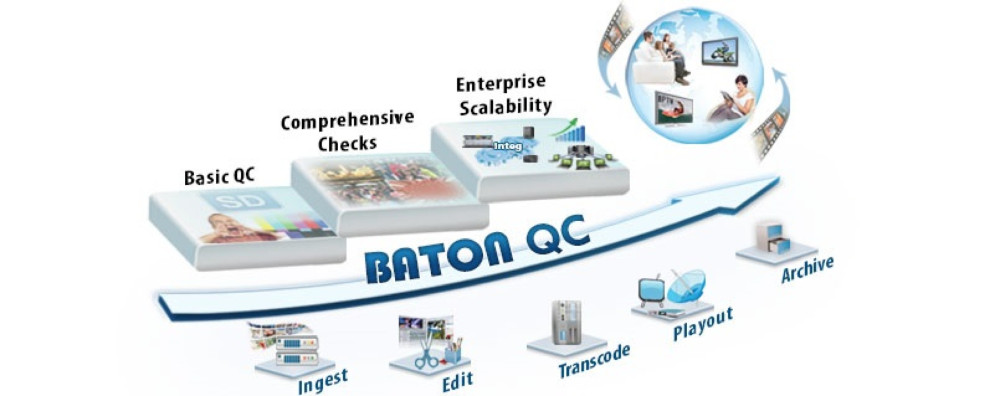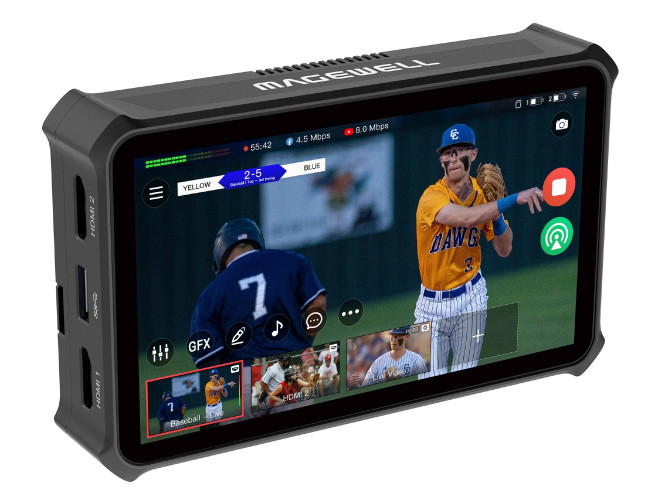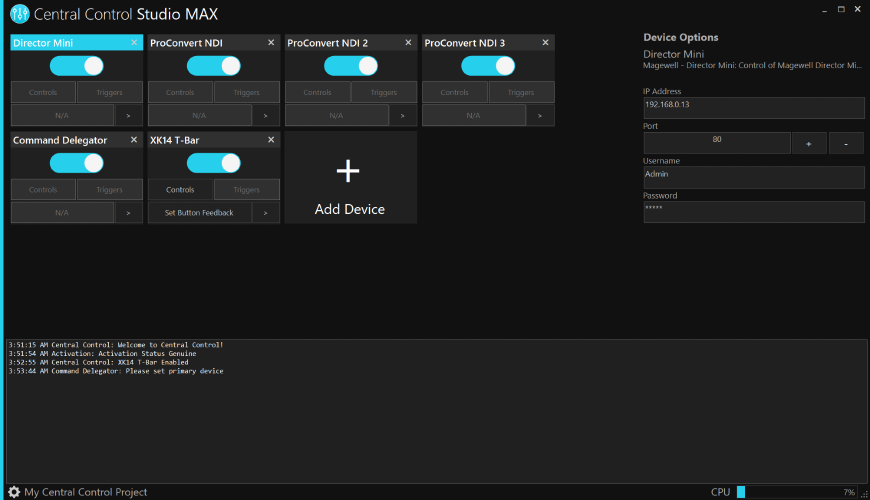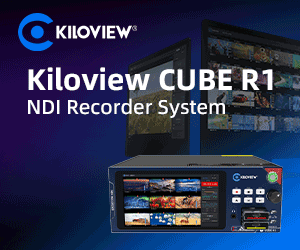Stereoscopic production and transmission

Author: Bob Pank#
Published 1st March 2010
If ever there was a technology that has taken it’s time to mature, it is that of stereoscopic (3D) production and transmission. It is well documented that the mechanics behind the technology has been around almost since the inception of the moving picture itself and in fact stereoscopic stills technology was developed in the 1840’s.
Until now, the only place where consumers could view these productions on a regular basis in the UK has been at the cinema, the opportunity to view at home has been practically non-existent. The main reason for this is that the consumer viewing technologies tend to be clunky (to put it mildly) and not of a high enough quality. This has resulted in no single broadcaster (to date), regularly transmitting stereoscopic productions.
All this may now be changing, Channel 4 have just completed a week long experiment in stereoscopic TV. BSKYB have stated their intent to have a full stereoscopic service running from next year and BBC has slated a 3D offering for the 2012 Olympic Games. Other large players in the broadcast market are carrying out tests, keen to be involved in bringing this old / new technology to the home.
For the consumer, the technology options need to improve and become readily available if this new revolution is not to fizzle out. The traditional anaglyph glasses (red / green or red / blue) are basic and tend to detract from the viewer experience, rather than enhance it. More expensive electronic shutter glasses are being developed; these provide a far better result for the viewer than the anaglyph glasses and suit the gadget conscious consumer that stereoscopic technology is now being aimed at. Screen vendors are now beginning to get interested and companies such as Samsung, Hyundai and Mitsubishi have already started testing stereoscopic products, which are expected to cost approximately 10% to 15% more than a regular 1080P LCD on sale at the moment.
Ironically, whilst Broadcast Manufacturers have been concentrating on perfecting their 1080P 3G technology, the demand for stereoscopic solutions seems to have caught many by surprise. In a straw pole held at IBC, many broadcasters felt that having a stereoscopic service was currently of more interest to them, than being 1080P enabled. In fact over the past year there is anecdotal evidence to suggest that the requirement for 3G has gone from a ‘need to have’ to ‘nice to have’.
Both Sony and Panasonic have recognised this demand and are in the process of testing dual lenses for television cameras, thereby eliminating (in most instances) the need for a side-by-side rig and the cost and synchronisation issues that come with that particular solution. Quantel, Apple & Avid have established themselves as being able to provide products to edit the stereoscopic material for post production.
But it is in the live to air environment where the challenges still exist and most especially in the realm of graphics. Broadcasters want to have the same branding that they have on all their other channels and there is a requirement for them to work in the same way. That means stereoscopic logos, channel idents, ‘coming up next’s’, lower thirds and even tickers, all have to integrate seamlessly into this environment.
Currently there are very few graphics vendors providing a solution and the majority of those that do, have effectively daisy chained two existing hardware boxes together producing left eye / right eye video streams, with all the incumbent synchronisation and increased single points of failure headaches this can lead to.
Assuming that these vendors develop a reliable one box solution, the issues become less technically based and more production based. The questions that broadcasters and vendors alike are starting to ask are similar across the board, they realise that graphics need to add to the whole experience, not be detrimental to it.
The type of questions now being raised by broadcasters are varied but tend to be concerned with how much work will be entailed in bringing their existing graphics into the stereoscopic domain and how those graphics will look in that environment. Often these graphics are animated and what works in the 2D world, looks flat or odd in a stereoscopic one, especially if the graphics fly in on a curve. The consumer at home could be left seeing very little of the content behind the graphics depending on the plane that the graphics are on. With highly graphics intensive productions, such as sports, this issue becomes heighten. The overlays need to be placed in such ways that that they do not interfere with the content but are still able to be seen by the viewer, a difficult balancing act to achieve.
Increasingly graphics vendors are being expected to lead production teams through this maze and have the answers to these and other questions at hand. They also need to be willing to work with broadcasters to experiment and learn from the experience. Currently there are many unanswered questions or ‘known, unknowns’ that are frustrating for broadcaster and the vendor alike.
Finally, if anyone reading this article still considers the latest interest in stereoscopic production to be another false dawn , it is important to understand what and more importantly, who, is driving it.
At a time where many of the major commercial broadcasters are being financially squeezed, a stereoscopic service offers ways of attracting new revenue streams for the content itself (via subscribers) and by offering advertisers the opportunity to run stereoscopic enhanced commercials into the consumers home.
In 2006 the Motion Picture Association of America released a study stating that globally, the film industry lost $18.2 billion to piracy during 2005. Some of this piracy was carried out by secretly videoing the film in the cinema and then running off DVD copies. Alternatively, original copies of the content were ‘obtained’ for dubbing. By releasing films in a stereoscopic format, it makes it far harder to use either of these piracy methods, either because it simply will not work or because the technology to do so is potentially expensive.
Historically it was the directors and production staff that were pushing for stereoscopic technology - now the accountants have got in on the act and they have a huge financial interest in stereoscopic production succeeding.



